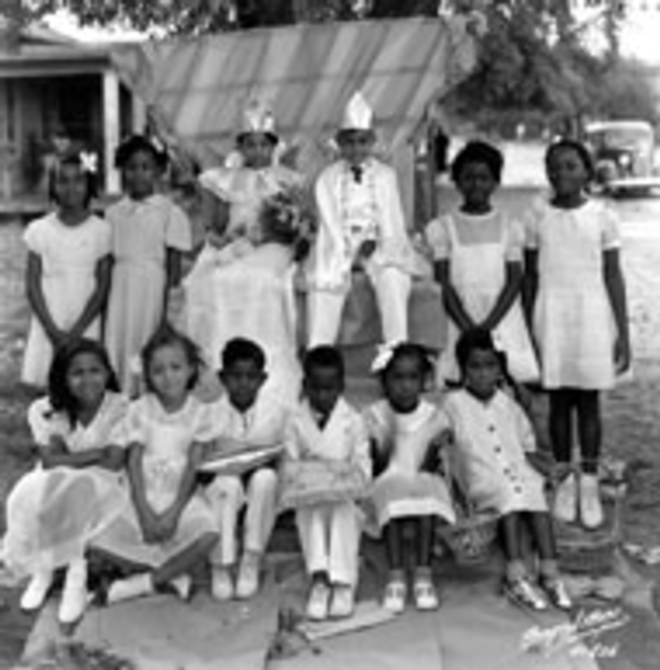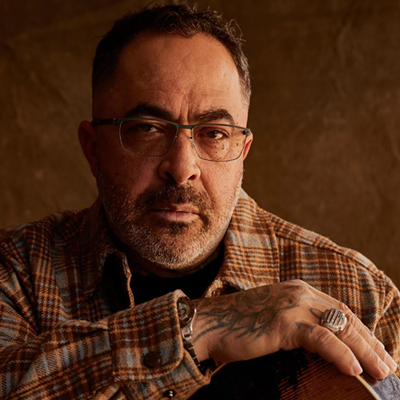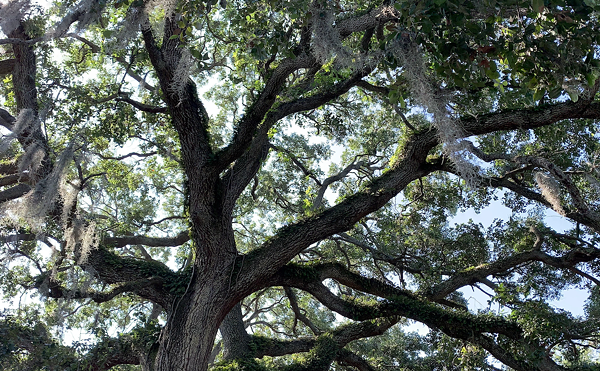
Eventually, every thinking person asks the question, "Who am I?"
I was maybe 8 or 9 the first time I remember the question occurring to me. That's when I learned that I was not biologically related to my father. Suddenly, I was no longer the person I thought I was. Which led to the question, just who was I?
Eventually I discovered that I was the only issue of my mother's brief marriage to a mysterious man. He was very secretive, and she didn't know much about him, except that he was from a country called Macedonia.
To find out more about this place, I searched maps and encyclopedias at the library. Nothing. There was no place called Macedonia.
It wasn't until high school that I found out Macedonia was real. It had existed from 2200 BC until 1913 AD, when it was carved up and absorbed by Greece, Bulgaria and Yugoslavia, who employed ruthless methods to obliterate the Macedonian language and culture and to rewrite the early history of Western civilization.
I longed to know about the people and to find that part of me that seemed alien and orphaned.
Macedonia became a country again in 1991, and the people are reclaiming what's left of their home, their language, their culture — their very identity — and to challenge fallacies in the historical record. The world is gaining a more accurate view of the development of Western civilization, and I now know a part of my heritage that I thought was lost forever.
The descendents of Dobyville, a place that existed right here in Tampa less than 100 years ago, may never have that same chance. Their story is an important part of the history of Tampa — especially Hyde Park — the neighborhood that prides itself on its grand, carefully restored historic houses.
In fact, if it weren't for a scant few historical records, conserved and interpreted by a handful of conscientious historians and preservationists, we wouldn't even know this much: Dobyville was built in the early 1900s for black people who worked as servants in those lovely Hyde Park mansions with their proud preservation banners. "Blacks were not allowed on the streets after dark," says architect Roger Grunke, who lives in Hyde Park and has been trying to preserve what's left of Dobyville for years. "The wealthy people in the area didn't want to transport servants, so they bought land nearby and built shacks for them."
In time, these people built a village — complete with churches, schools, stores, homes and even factories. What had begun as haphazard offsite housing for gardeners, carpenters, maids and nannies became a community with its own teachers, pastors, doctors and entrepreneurs as well.
Most records refer to the area as West Hyde Park, but the people who lived there called it Dobyville, after Richard Doby, a resident philanthropic black businessman and community leader.
Much of the community was obliterated to make room for the Crosstown Expressway, now ironically named for another black man, Lee Roy Selmon. What was left of Dobyville was absorbed into other south Tampa neighborhoods now called Courier City, Hyde Park North and Oscawana.
There is no sign for Dobyville, no place called Dobyville on the maps. Children whose forebears once lived there will be hard pressed to find it in the library or on the Internet. Their heritage, our history, is being erased.
Historian Rodney Kite-Powell, a curator for the Tampa Bay History Center, has combed through old city directories for the names and addresses of the people who once lived there. He has found many of the buildings that still exist, including the Mount Zion AME Church at 111 S. Dakota Ave., constructed in the 1910s, and the Doby family house at 1405 Azeele. Most, though, are gone, replaced by car dealerships, a now abandoned grocery store and apartment complexes.
The National Trust for Historic Preservation included much of Dobyville in the Hyde Park Historic District when it landmarked the area in 1985. The designation recognizes regions of historic importance but does not provide for their preservation. For that, you need a local designation.
Interestingly, Hyde Park was designated locally three years after the national recognition. But in the local designation — the one that actually helps to preserve an area — the boundaries are different. The area once occupied by Dobyville has been specifically excluded from the local designation.
That means developers can buy the property where Dobyville once was and destroy the remaining evidence of it. They can put up generic apartment complexes to house the people pouring in from other parts of the country, people who care little and know even less about the living, breathing community plowed under to accommodate their needs.
And that is exactly what's happening.
Annie Hart, administrator for the city's Historic Preservation Commission, says plans are afoot to expand the boundaries of the Hyde Park Historic District to include parts of what was once Dobyville, and that work will begin after June 2004.
"I think it's more important that little white children know [about Dobyville] than black children," says Grunke. He has a point. The descendents of Dobyville deserve to know their heritage; they deserve to know about the hardships and the contributions of their families. But the memory of Dobyville — the truth about it — belongs to all of Tampa.
Eventually, every thinking city must ask the question, "Who are we?" Dobyville is part of who we are. If we fail to acknowledge it, we will never know the answer to that question.
Contributing Editor Susan F. Edwards can be reached at [email protected].















